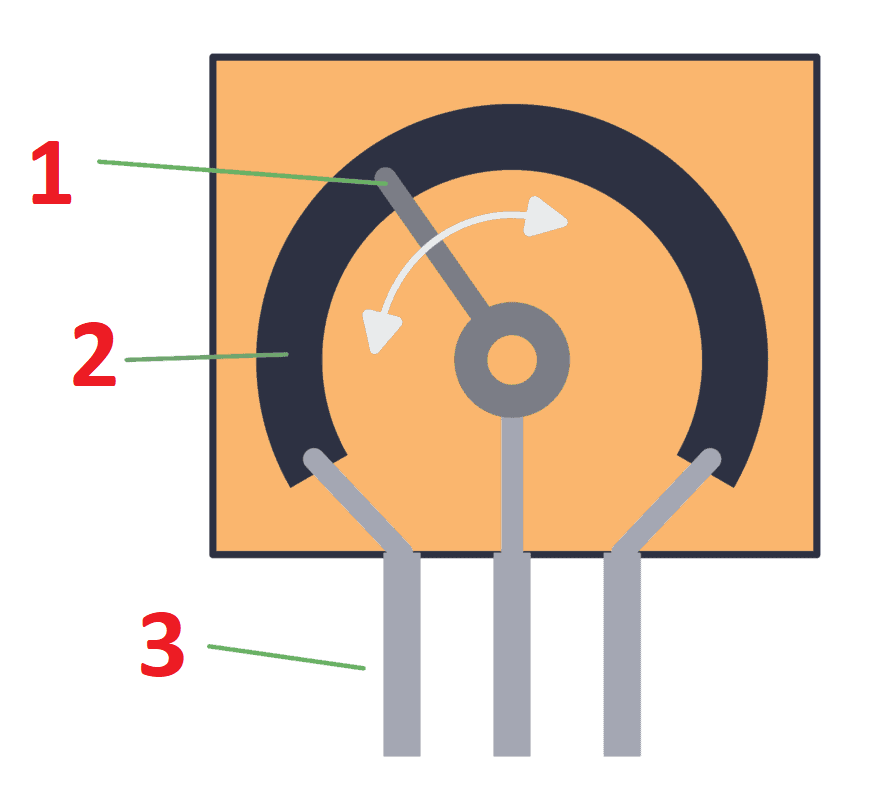Systems 3/4 - Electronics 3 - Diagrams
1/28
There's no tags or description
Looks like no tags are added yet.
Name | Mastery | Learn | Test | Matching | Spaced |
|---|
No study sessions yet.
29 Terms
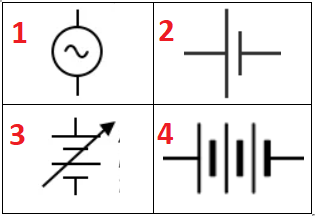
What do these diagrammatic symbols refer to?
AC power supply
Cell
Variable Battery
Battery
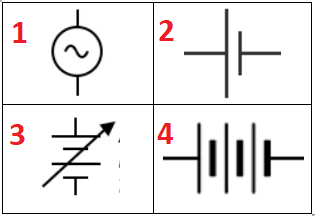
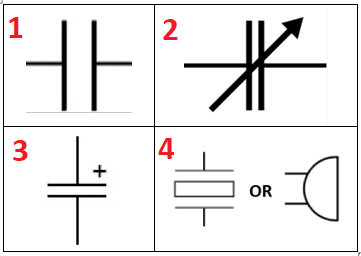
What do these diagrammatic symbols refer to?
Capacitor
Variable capacitor
Polarised capacitor
Piezo-electric buzzer
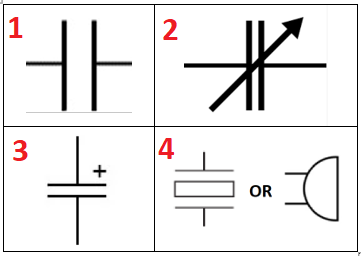
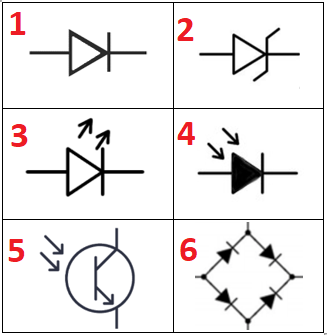
What do these diagrammatic symbols refer to?
Diode
Zener Diode
Light Emitting Diode (LED)
Photo Diode
Photo Transistor
Rectifier (AC > DC)
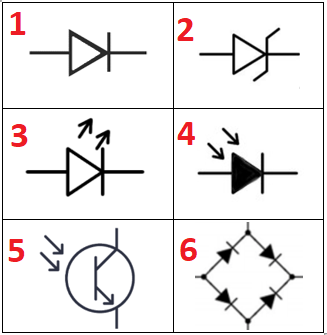
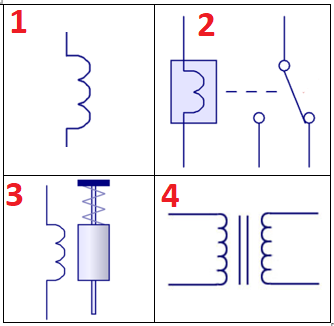
What do these diagrammatic symbols refer to?
Inductor
Relay
Solenoid
Transformer
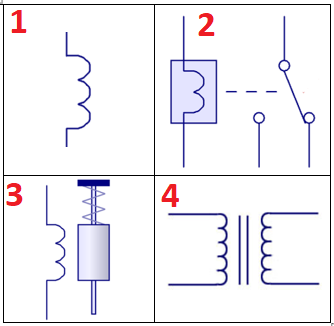
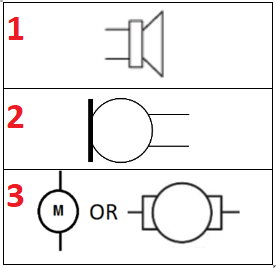
What do these diagrammatic symbols refer to?
Speaker
Microphone
DC motor
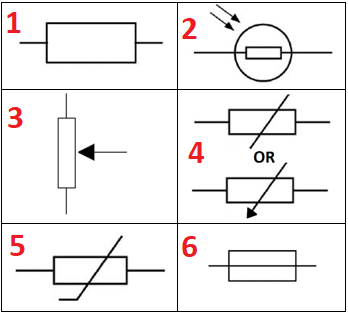
What do these diagrammatic symbols refer to?
Resistor
Light Dependent Resistor (LDR)
Potentiometer
Varying Resistor
Thermistor
Fuse
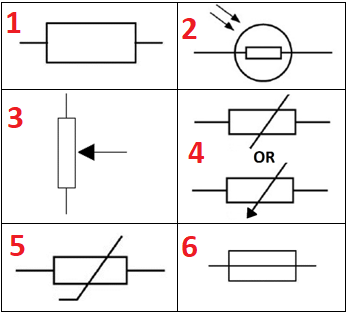
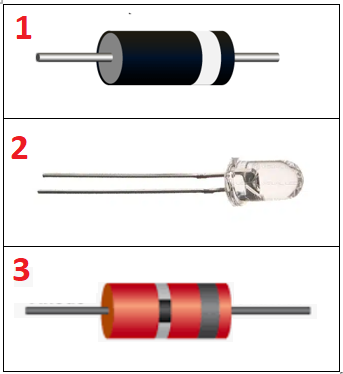
What do these images refer to?
(They look like this in real life)
Diode
Light Emitting Diode (LED)
Zener Diode

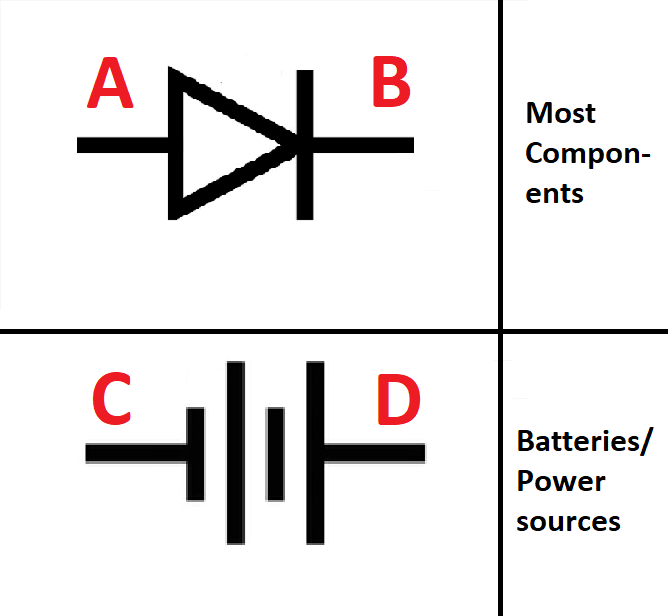
(rare)
Which Letters are Anodes/ Cathodes?
Which way does conventional current flow for each?
Cathode: A, C (Cathode has a t in it, looks like a +), Anode B, D
A > B, C > D (Current flows from cathode to anode in all components (draw) but opposite in cells (supply))
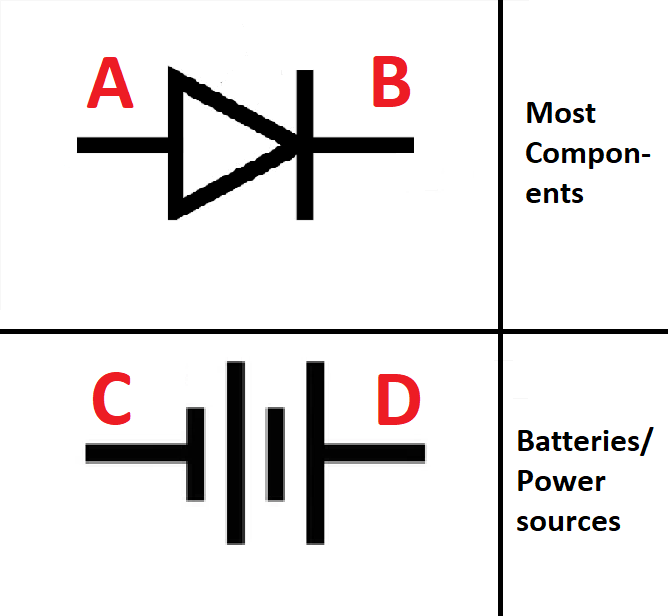
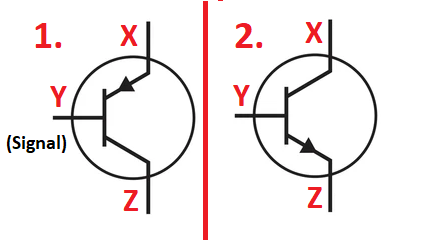
What is the name for each component?
(rare) What is X, Y, Z labeled for each?
(tough) Which way does the signal current need to flow to switch on the components?
Bipolar Junction Transistor (BJT), 1 = PNP, 2 = NPN
NPN: X = Emitter, Y = Base, Z = Collector, Flow = Emitter > Base
PNP: X = Collector, Y = Base, Z = Emitter, Flow = Base > Emitter
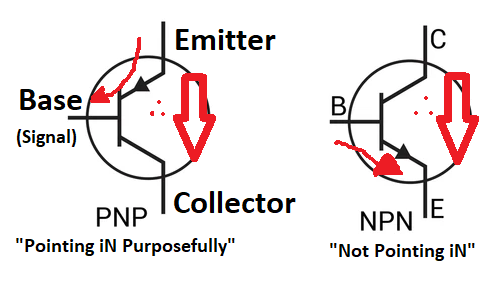
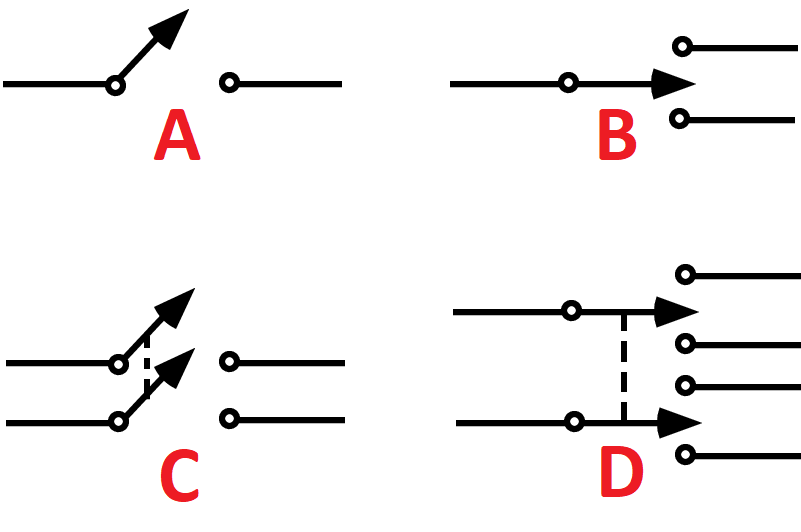
What do these diagrammatic symbols refer to?
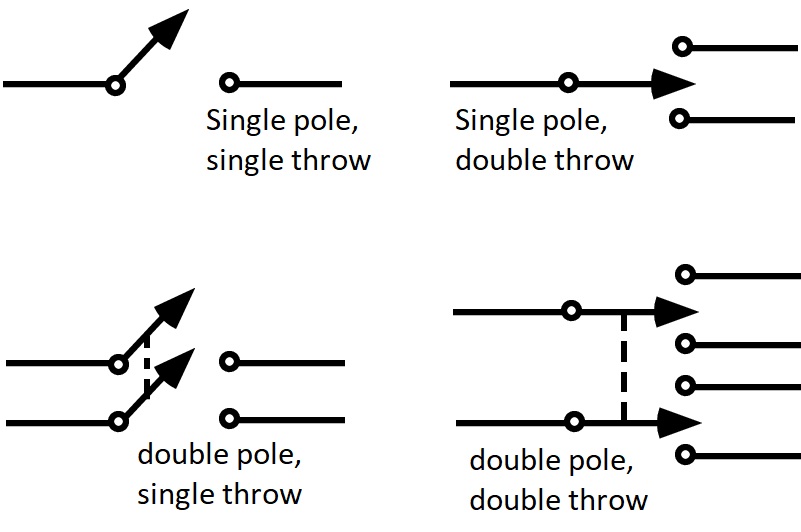

Can you identify what this graph refers to?
What component uses it directly?
(rare) In Australia, what is the peak value for each coloured line and in what units?
(rare) What’s the expected frequency?
Three phase power
AC induction motor
230V in AUS
50hz in AUS
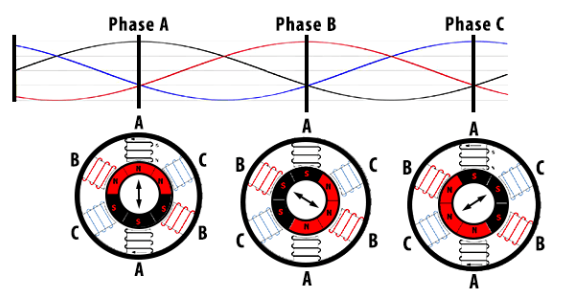
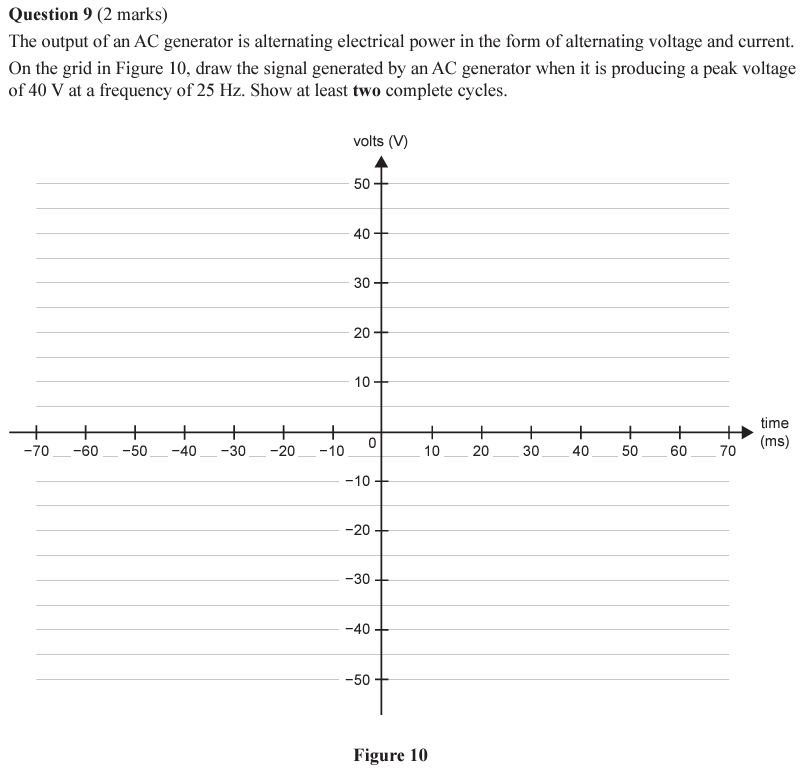
Work out which formula you need to calculate the period
On a sine wave, what does the period look like?
If a transformer reduces the voltage in half, what does the graph look like?
f = 1/T is on the sheet (T is time), so T = 1/f
Peak to peak is one period, question asks for 2 whole waves.
Half the whole height
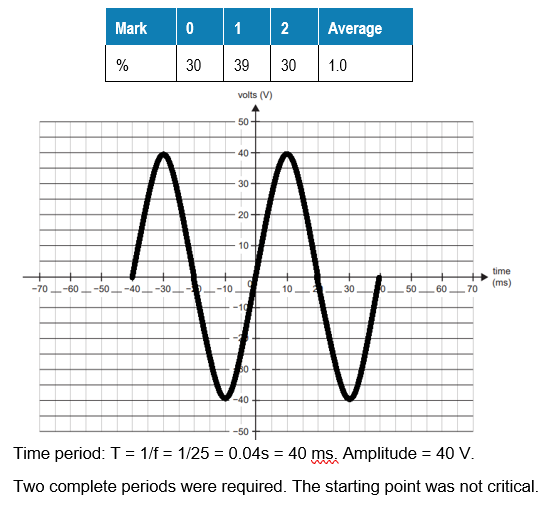
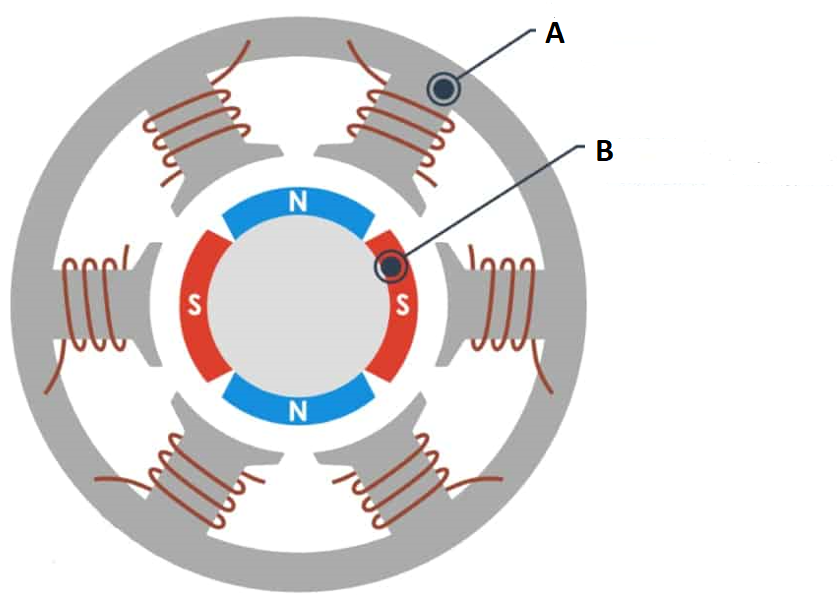
Is this a brushless or brushed DC motor?
What is A and B named?
Brushless
A = stator coils, B = rotor (permanent magnet)
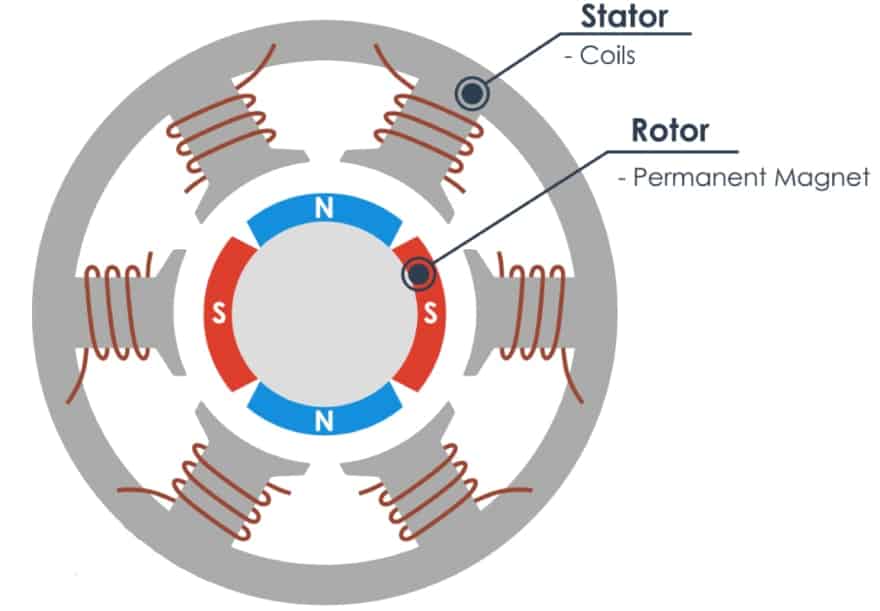
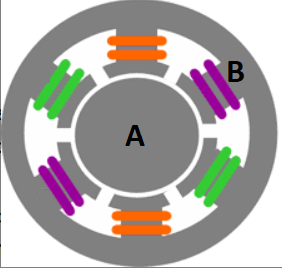
This is an AC induction motor diagram
What is A and B named?
What makes the green, orange and purple wires different?
A = Squirrel cage rotor, B = Stator coils
They are separate AC currents out of phase by 120 degrees
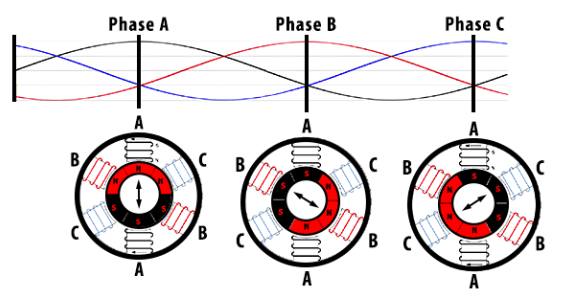

(rare)
RMS voltage
When would you use this calculation?
If you needed to calculate the RMS voltage, what would the equation look like?
To convert between AC power peaks and the equivalent constant DC voltage (rectification) (assuming no losses)
Vrms = Vpeak/√2

What is the voltage at Vs1 and Vs2 assuming no losses?
If the measured voltage on the load is 50V, what is the efficiency?
60V
83% approx.


(rare) Is there a con to using this simpler rectifier (instead of the full-bridge)?
Where would the efficiency losses be?
How would the loss appear to a person using the device?
Only half of the output coils are used at a time (because of the diode arrangement). Also, half as many diodes = needing higher power diodes
The coils, the capacitor, a potential Zener Diode
Heat
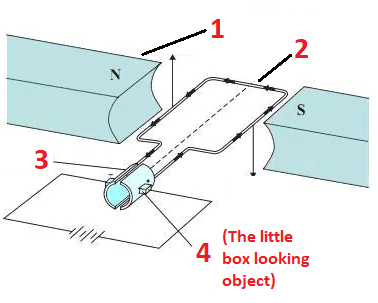
What is this whole component called specifically?
Name the 4 labeled parts
Brushed DC motor
Stator magnets
Rotor coil (rare - armature)
Split ring (rare - commutator)
Brushes
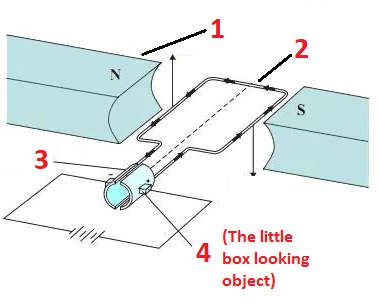
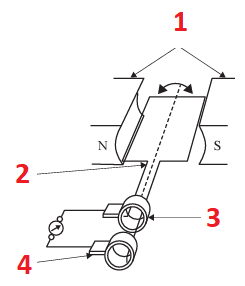
What is this component called specifically and why isn’t it DC?
Name the 4 labeled components
Brushed AC motor - the rings don’t have a split in them
Stator magnets
Rotor coil (rare - armature)
Slip rings (rare - commutator)
Brushes
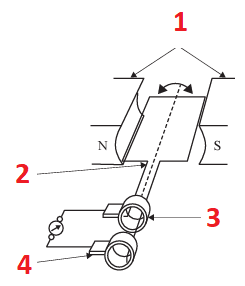
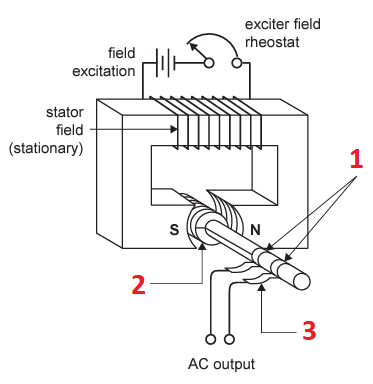
What are the names + function for the 3 labeled components?
Slip rings - electrical connectors on rotor
Rotor coil - when rotates = magnetic field
Brushes - electrical connectors to the slip ring and external circuit
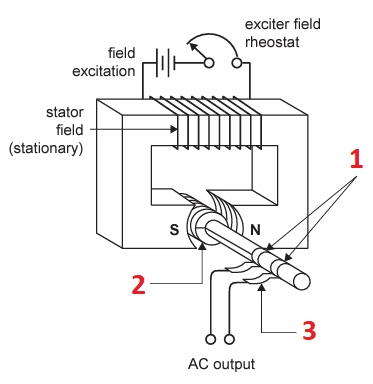

(Click on the image to enlarge)
What makes this question more difficult than the others?
How do you work through it?
The lower “started” diagram shows a + and -, so leave off the battery.
Draw circles and lines on the top diagram - then copy below
(67% of students got 0 out of 4)
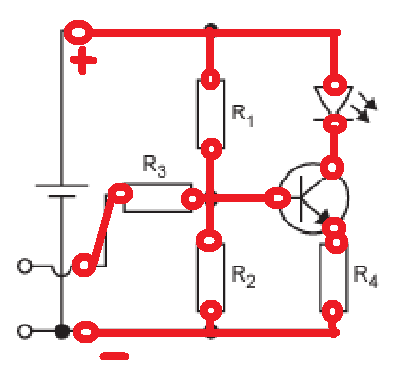
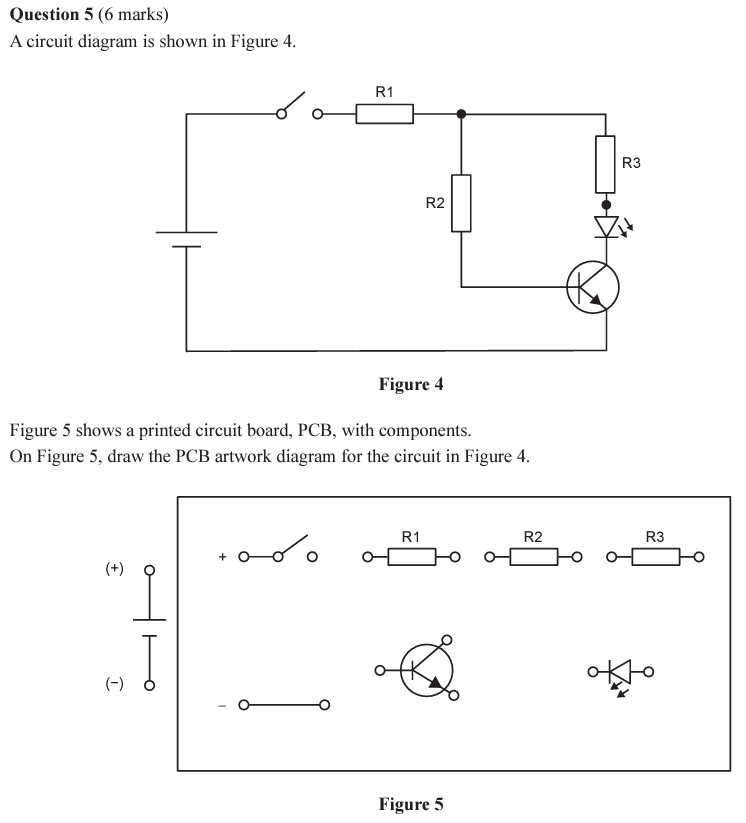
(Click on the image to enlarge)
How do you work through it?
What trick have they done in the past?
Look at each wire between the components and ask yourself “where does it connect”. Usually 2-3 spots. Then, you draw that one, then start the next wire. (1 wire = 1 mark)
They have flipped the answer box so you have to draw it flipped
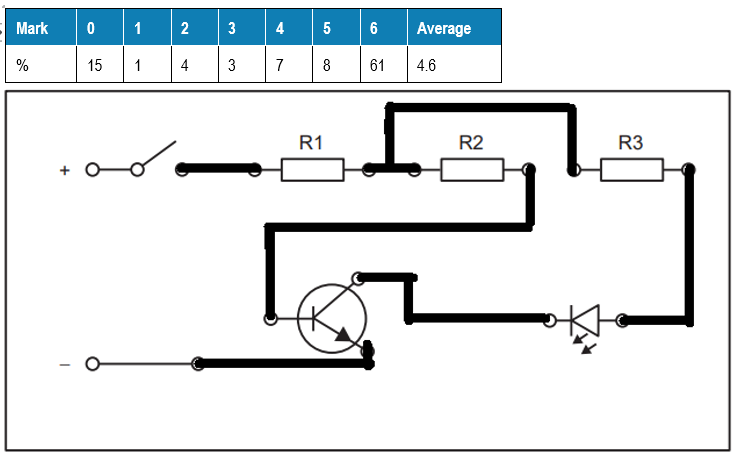

(Click on the image to enlarge)
What’s the one tricky bit of this question?
How do you complete the circuit?
It’s a rectifier and the middle wire is the ground
The middle connects to one side of the resistor, the top and bottom to the other end (through the diodes)
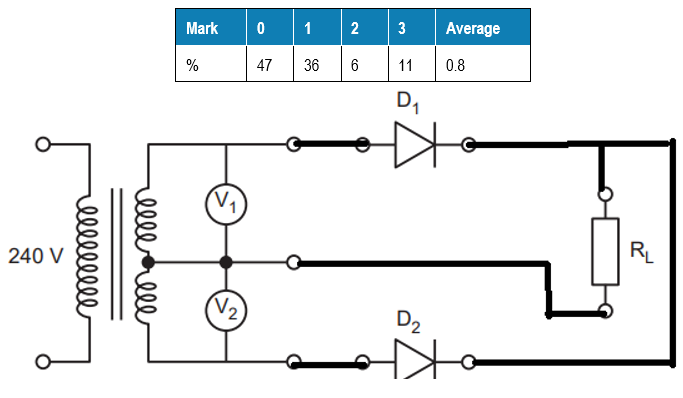

Resistance > Current > Voltage > Power
How do you break down the process of calculating total resistance?
Circle the parallel resistors (to calculate the total), then imagine it’s one resistor.
All that’s left is three resistors in series
(full answer in image)

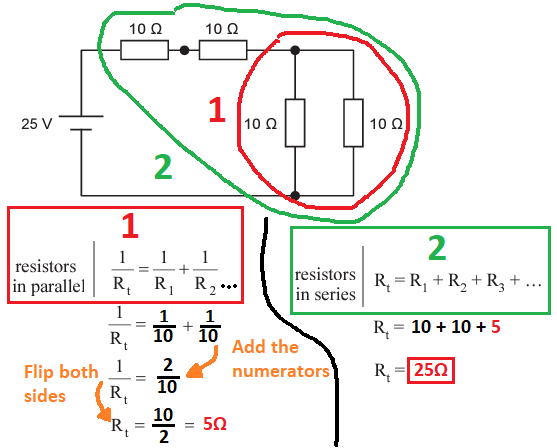
Resistance > Current > Voltage > Power
Once you have total resistance, which equation gives you the total current draw?
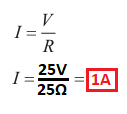
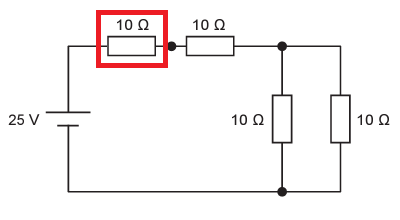
Resistance > Current > Voltage > Power
How do you work out the voltage drop across the circled resistor?
Voltage drops in series as a ratio of resistance (voltage division)
The voltage division equation is shown in the image
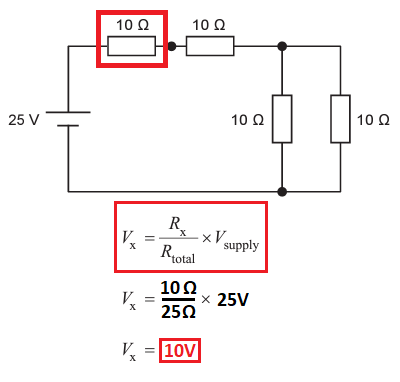
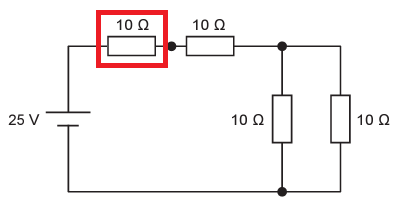
Resistance > Current > Voltage > Power
Once you have the the total current and voltage drop, how do you work out the power dissipation in the circled resistor?
Would a typical resistor you have used be able to handle this wattage?
Refer to the image
Most resistors in Systems are 0.5W resistors (sometimes 1W or 2W but exam will specify). It would spectacularly melt and/or catch fire either way
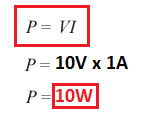

Resistance (2nd harder example)
How do you break down the process of calculating total resistance?
(all other calculations that follow are the same as before, so not repeated)
Circle the parallel resistors (to calculate the total), then imagine it’s one resistor.
Circle the “combined” resistor with the one other in series, calculate the total.
Circle the next two as parallel and calculate that
Circle the final “combined” resistor with the last one (in series) and calculate that, which gets you the total.
(I drew another way to visualise the diagram if it helps)
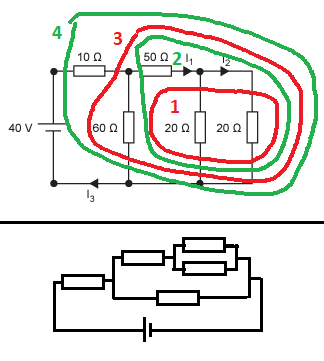
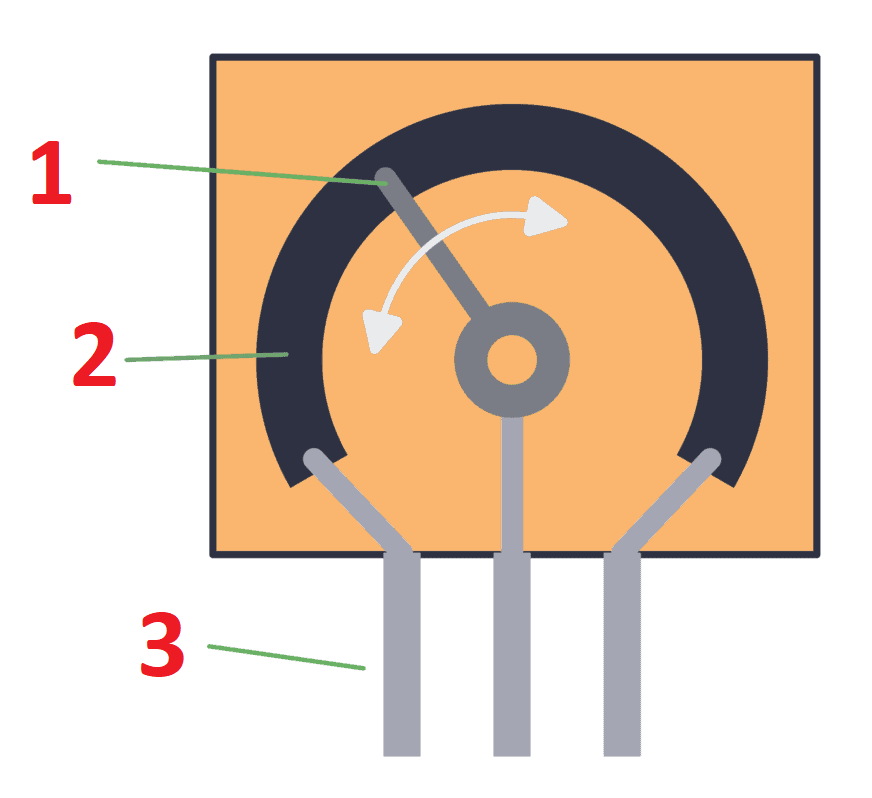
Which component is being represented here?
(rare) Name the 3 labeled parts
Which pin is always connected when it use?
Potentiometer
Wiper / Slider
Resistive Strip
Pins
The middle pin
